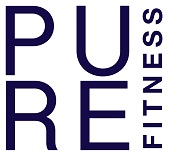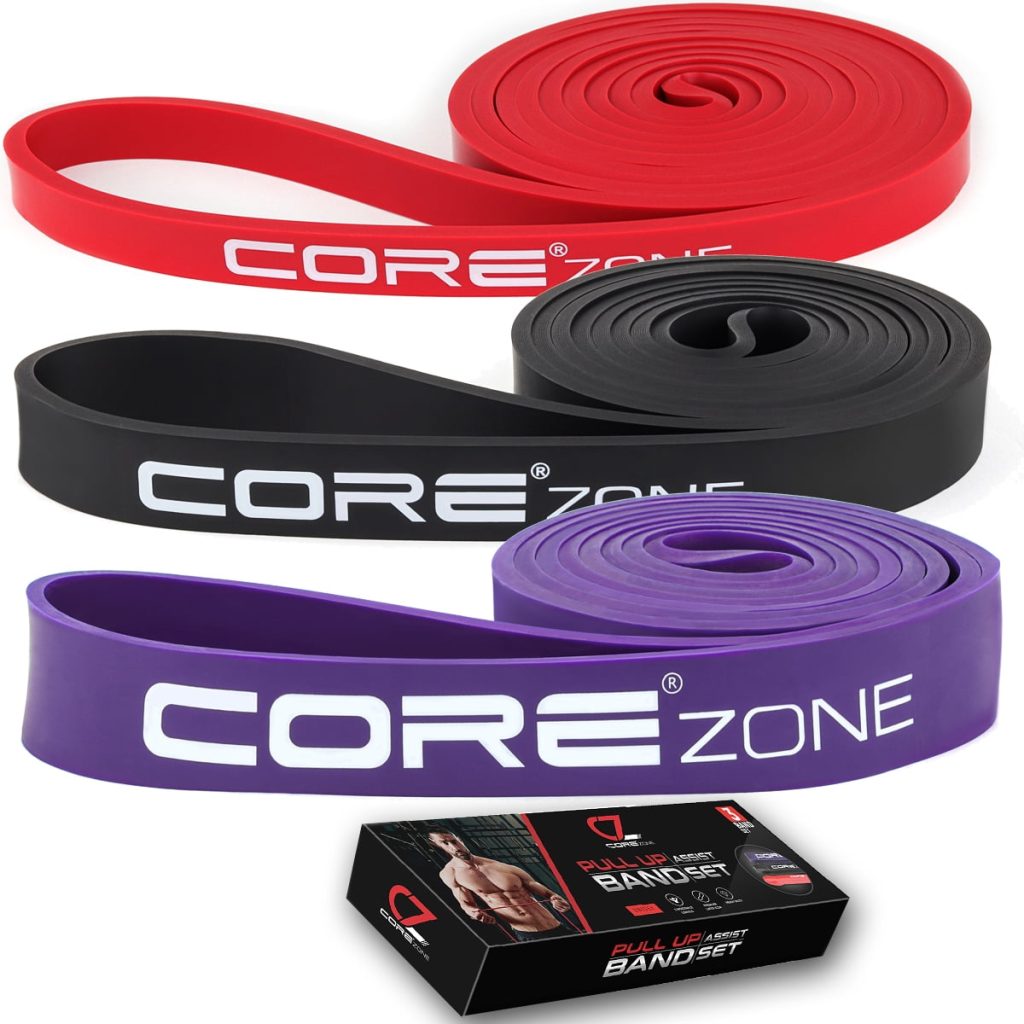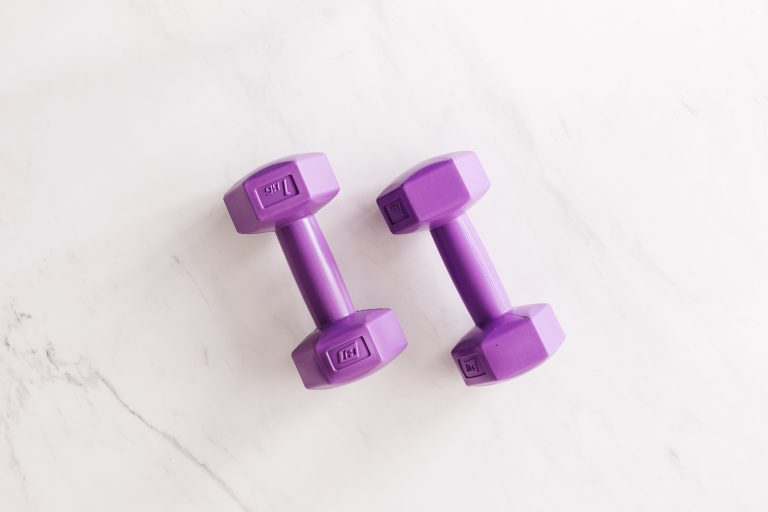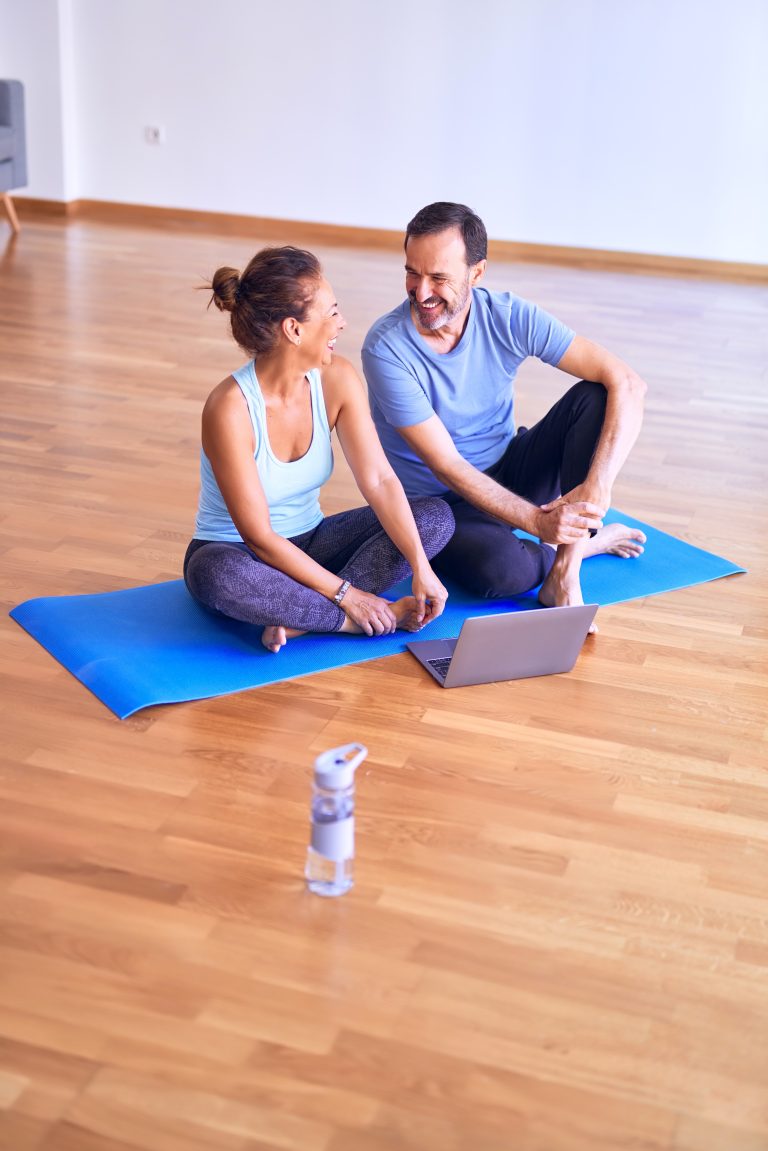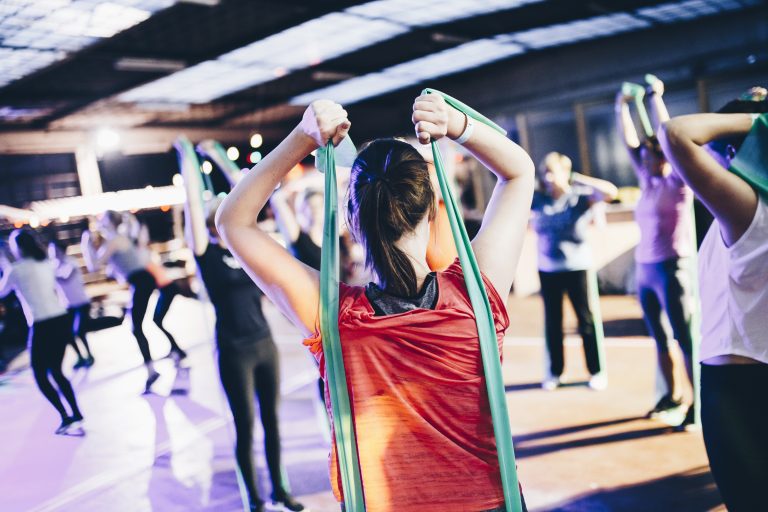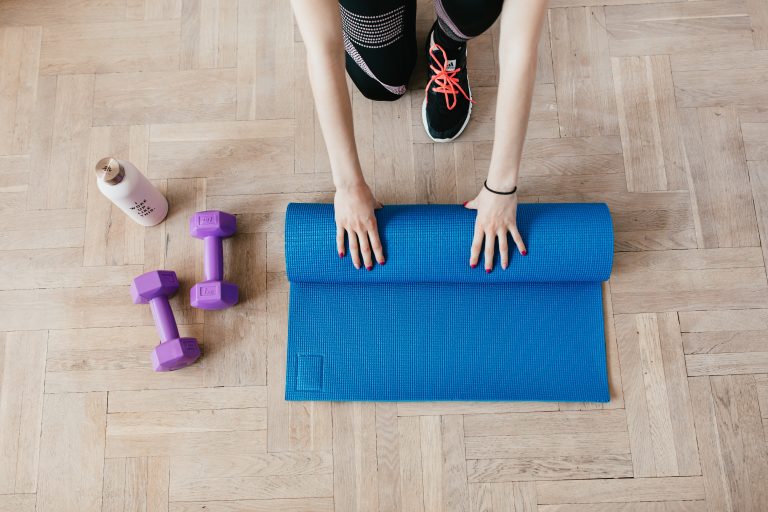Are you looking for an effective and versatile way to stay fit? Look no further than resistance band exercises! Whether you’re a beginner or a seasoned fitness enthusiast, these exercises offer a wide range of benefits. From improving muscle strength and endurance to increasing flexibility, resistance band exercises can be tailored to meet your specific fitness goals. In this article, we’ll explore the basics of resistance band exercises and how you can incorporate them into your workout routine for maximum results. Get ready to discover a whole new world of fitness possibilities with resistance bands!
Table of Contents
ToggleBenefits of Resistance Band Exercises
Resistance band exercises offer a wide range of benefits that make them a popular choice for fitness enthusiasts of all levels. Whether you’re a beginner looking to add variety to your workouts or an advanced exerciser looking to intensify your training, resistance bands can be a valuable addition to your fitness routine. Here are some key benefits of incorporating resistance band exercises into your workouts:
- Versatility: Resistance bands can be used to target every major muscle group in the body, making them a versatile tool for a full-body workout. From the legs and glutes to the arms and shoulders, resistance bands can help you engage and strengthen all the right muscles.
- Portability: One of the biggest advantages of resistance bands is their portability. They are lightweight and easy to pack, making them a perfect choice for travel or working out on the go. Whether you’re on vacation or simply don’t have access to a gym, resistance bands can provide an effective workout wherever you are.
- Joint-Friendly: Unlike some traditional free weights or weight machines, resistance bands provide a low-impact alternative that is gentle on the joints. The elastic nature of the bands allows for smoother, controlled movements that reduce the risk of injury while still providing an effective workout.
- Increased Muscle Activation: Resistance bands create constant tension throughout an exercise, ensuring that your muscles are engaged throughout the entire range of motion. This increased muscle activation can lead to improved strength, muscle tone, and overall fitness results.
- Adaptable to Any Fitness Level: Whether you’re a beginner or an experienced athlete, resistance bands can be adapted to suit your fitness level. With different levels of resistance available, you can easily adjust the intensity of your workouts by using bands with lighter or heavier resistance.
- Improved Flexibility and Range of Motion: Resistance band exercises often involve stretching and lengthening the muscles, which can lead to improved flexibility and range of motion over time. Increased flexibility can not only enhance your athletic performance but also help prevent injuries in daily activities.
Types of Resistance Bands
Resistance bands come in a variety of types and styles, each offering its own unique advantages and uses. Here are the most common types of resistance bands:
- Tube Bands: Tube bands are the most popular and versatile type of resistance bands. They consist of a long, flexible tube with handles on each end. Tube bands often come with interchangeable resistance levels, allowing you to easily vary the intensity of your workouts.
- Loop Bands: Loop bands, also known as mini bands or booty bands, are smaller and more compact than tube bands. They form a continuous loop that can be placed around the thighs, ankles, or wrists to target specific muscle groups.
- Figure 8 Bands: Figure 8 bands are shaped like the number “8” and are typically used for upper-body exercises. They provide resistance in multiple directions, making them ideal for targeting the chest, back, and shoulders.
- Therapy Bands: Therapy bands, also called flat bands or therapy tubing, are wider and flatter than other types of resistance bands. These bands are often used for rehabilitative exercises and physical therapy as they offer gentle resistance and a wider surface area for grip.
Choosing the Right Resistance Band
When selecting a resistance band, there are a few factors to consider to ensure you choose the right band for your needs. Here are some key points to keep in mind:
- Resistance Level: Resistance bands come in different levels of resistance ranging from light to heavy. Consider your current fitness level and goals when choosing the appropriate resistance. Beginners may want to start with a lighter resistance band and gradually progress as their strength improves.
- Length: The length of the resistance band will determine the range of motion and exercises it can be used for. Longer bands are generally more versatile as they allow for a wider range of exercises, while shorter bands are better suited for targeted exercises.
- Material: Resistance bands are commonly made from latex or fabric. Latex bands are durable, provide consistent resistance, and are generally more affordable. Fabric bands, on the other hand, are often more comfortable, non-slip, and suitable for those with latex allergies.
- Handles and Attachments: Some resistance bands come with handles or attachments, which can enhance the grip and versatility of the band. Handles are particularly useful for exercises that require a firm grip, while attachments like ankle straps or door anchors allow for different exercise variations.
Remember to inspect your resistance bands regularly for any signs of wear or damage. Replace worn-out bands to ensure your safety during workouts.
Targeted Muscle Groups
Resistance band exercises can effectively target and engage various muscle groups throughout the body. Here are some examples of how resistance bands can be used to work different areas:
Lower Body
Resistance band exercises for the lower body focus on strengthening the legs, glutes, and hips. These exercises help improve lower body strength, stability, and overall power. Examples of lower body resistance band exercises include squats, lunges, glute bridges, and leg presses.
Upper Body
Resistance band exercises for the upper body target the arms, shoulders, chest, and back. These exercises help build upper body strength and improve posture. Examples of upper body resistance band exercises include bicep curls, chest presses, shoulder presses, and rows.
Core
Resistance band exercises can also be effective for targeting the core muscles. By adding resistance to exercises such as planks, twists, and rotations, you can engage the abdominal muscles and strengthen your core for improved stability and balance.
Full Body Resistance Band Workout
A full-body resistance band workout is a great way to engage multiple muscle groups and get a comprehensive workout. Here’s a sample full-body workout routine using resistance bands:
Warm-Up
Before starting your workout, it’s important to warm up your muscles to prevent injury and prepare them for the upcoming exercises. Start with some light cardio exercises like marching in place or jumping jacks to get your heart rate up. Then, perform dynamic stretches such as arm circles, leg swings, and torso twists to loosen up your joints and increase mobility.
Lower Body Exercises
- Squats: Place the resistance band around your thighs, just above your knees. Stand with your feet shoulder-width apart, toes slightly turned out. Lower your hips back and down into a squat position, keeping your knees in line with your toes. Push through your heels to stand back up. Perform 10-12 reps.
- Glute Bridges: Lie on your back with your knees bent and feet flat on the ground. Place the resistance band just above your knees. Engage your glutes and core, then lift your hips off the ground until your body forms a straight line from your shoulders to your knees. Squeeze your glutes at the top and lower back down. Perform 10-12 reps.
- Lateral Band Walk: Stand with your feet hip-width apart and place the resistance band around your thighs, just above your knees. Take a step to the side, maintaining tension in the band. Follow with the opposite foot, stepping wider than shoulder-width apart. Continue stepping to the side for around 10-12 steps each way.
Upper Body Exercises
- Bicep Curls: Stand on the resistance band with your feet hip-width apart. Hold the handles or grasp the band with your palms facing forward. Keep your elbows close to your sides and curl your hands up towards your shoulders, squeezing the biceps at the top. Slowly lower back down. Perform 10-12 reps.
- Chest Press: Attach the resistance band to a fixed point at chest height. Stand facing away from the anchor point and hold the handles with your hands at chest level. Step forward to create tension in the band. Push both hands forward, extending your arms. Slowly return to the starting position. Perform 10-12 reps.
- Rows: Attach the resistance band to a fixed point at waist height. Face the anchor point and hold the handles with your arms extended in front of you. Step back to create tension in the band. Keep your elbows close to your sides and pull the handles towards your chest, squeezing your shoulder blades together. Slowly release back to the starting position. Perform 10-12 reps.
Core Exercises
- Plank with Row: Attach the resistance band to a fixed point at ankle height. Assume a plank position with the band around your ankles and your hands below your shoulders. Keep your core engaged and row one arm back, pulling the band towards your chest. Lower back down and repeat with the opposite arm. Perform 8-10 reps on each side.
- Standing Russian Twist: Stand on the resistance band with your feet hip-width apart. Hold the handles or grasp the band with both hands in front of your chest. Rotate your torso to one side, keeping your lower body stable. Return to the center and then rotate to the other side. Perform 10-12 reps on each side.
Cool-Down
After completing your workout, take a few minutes to cool down and stretch your muscles. Perform static stretches that target the major muscle groups, holding each stretch for about 20-30 seconds. Focus on the areas you worked during your resistance band workout, such as the legs, arms, chest, back, and core.
Beginner Resistance Band Exercises
If you’re new to resistance band exercises, it’s important to start with proper technique and gradually increase the intensity as you get stronger. Here are a few beginner-friendly resistance band exercises to get you started:
Bicep Curl
Stand on the resistance band with your feet hip-width apart. Grasp the handles or hold the band with your palms facing forward. Keep your elbows close to your sides and curl your hands up towards your shoulders, squeezing the biceps at the top. Slowly lower back down. Perform 10-12 reps.
Squat
Place the resistance band around your thighs, just above your knees. Stand with your feet shoulder-width apart, toes slightly turned out. Lower your hips back and down into a squat position, keeping your knees in line with your toes. Push through your heels to stand back up. Perform 10-12 reps.
Lateral Band Walk
Stand with your feet hip-width apart and place the resistance band around your thighs, just above your knees. Take a step to the side, maintaining tension in the band. Follow with the opposite foot, stepping wider than shoulder-width apart. Continue stepping to the side for around 10-12 steps each way.
Seated Row
Sit on the ground with your legs extended in front of you. Loop the resistance band around your feet and hold the handles with your arms extended. Keeping your back straight, pull the handles towards your chest, squeezing your shoulder blades together. Slowly release back to the starting position. Perform 10-12 reps.
Glute Bridge
Lie on your back with your knees bent and feet flat on the ground. Place the resistance band just above your knees. Engage your glutes and core, then lift your hips off the ground until your body forms a straight line from your shoulders to your knees. Squeeze your glutes at the top and lower back down. Perform 10-12 reps.
Intermediate Resistance Band Exercises
Once you’ve mastered the beginner exercises and built some strength, you can progress to more challenging resistance band exercises. Here are a few intermediate exercises to take your workouts to the next level:
Standing Chest Press
Attach the resistance band to a fixed point at chest height. Stand facing away from the anchor point and hold the handles with your hands at chest level. Step forward to create tension in the band. Push both hands forward, extending your arms. Slowly return to the starting position. Perform 10-12 reps.
Deadlift
Place the resistance band under your feet, shoulder-width apart. Grasp the handles or hold the band with your palms facing your thighs. Hinge forward at the hips, keeping your back straight and knees slightly bent. Engage your glutes and hamstrings to straighten up to a standing position. Slowly lower back down. Perform 10-12 reps.
Tricep Pushdown
Attach the resistance band to a fixed point above your head. Face the anchor point and hold the handles with your arms extended overhead. Step forward to create tension in the band. Bend your elbows and pull your hands down towards your hips, squeezing your triceps. Slowly release back to the starting position. Perform 10-12 reps.
Woodchop
Attach the resistance band to a fixed point at waist height. Stand sideways to the anchor point, holding the handles with both hands. Start with your hands near your opposite hip and rotate your torso upwards, bringing your hands diagonally across your body. Slowly return to the starting position. Perform 10-12 reps on each side.
Standing Russian Twist
Stand on the resistance band with your feet hip-width apart. Hold the handles or grasp the band with both hands in front of your chest. Rotate your torso to one side, keeping your lower body stable. Return to the center and then rotate to the other side. Perform 10-12 reps on each side.
Advanced Resistance Band Exercises
If you’re looking for a challenge and want to push your limits, here are some advanced resistance band exercises to take your training to the next level:
Banded Push-Ups
Loop the resistance band across your back and hold the ends in each hand. Start in a push-up position with your hands slightly wider than shoulder-width apart. As you lower your chest towards the ground, the resistance band will add extra tension to the movement. Push back up to the starting position. Perform 8-10 reps.
Single-Leg Romanian Deadlift
Place the resistance band under one foot and hold the handles or grasp the band with both hands in front of your thighs. Balancing on one leg, hinge forward at the hips while lifting the non-supporting leg behind you for balance. Lower your torso towards the ground while keeping your back straight. Return to the starting position. Perform 8-10 reps on each leg.
Pallof Press
Attach the resistance band to a fixed point at chest height. Stand perpendicular to the anchor point and hold the handle with both hands in front of your chest. Stand with your feet shoulder-width apart. Press the handle straight out in front of you, resisting the band’s tension. Hold for a few seconds and slowly return to the starting position. Perform 8-10 reps on each side.
Banded Burpees
Place the resistance band around your thighs, just above your knees. Stand with your feet hip-width apart. Squat down and then kick your legs back into a push-up position. Jump your feet back towards your hands, and then explosively jump up into the air, extending your arms overhead. Land softly and repeat. Perform 8-10 reps.
Resistance Band Plank with Row
Attach the resistance band to a fixed point at ankle height. Assume a plank position with the band around your ankles and your hands below your shoulders. Keep your core engaged and row one arm back, pulling the band towards your chest. Lower back down and repeat with the opposite arm. Perform 8-10 reps on each side.
Resistance Band Exercises for Rehabilitation
Resistance bands can also be a valuable tool for rehabilitation exercises and physical therapy. They provide a safe, low-impact option for strengthening and rebuilding muscle after an injury. Here are a few examples of rehabilitation exercises using resistance bands:
Rotator Cuff External Rotation
Attach the resistance band to a fixed point at waist height. Stand with your side to the anchor point and hold the handle with the hand of your affected arm. Keep your elbow pressed against your side and rotate your arm away from your body against the band’s resistance. Slowly return to the starting position. Perform 10-12 reps on each side.
Hip Abduction
Loop the resistance band around your ankles. Stand with your feet hip-width apart. Keeping one foot firmly on the ground, lift the other leg out to the side against the resistance band’s tension. Slowly return to the starting position. Perform 10-12 reps on each side.
Ankle Plantarflexion
Loop the resistance band around the ball of your foot and hold the other end of the band with your hand. Sit on the ground with your legs extended in front of you. Flex your ankle, pointing your toes away from you against the band’s resistance. Slowly release back to the starting position. Perform 10-12 reps on each side.
Wrist Extension
Secure one end of the resistance band to a fixed point and hold the other end with your hand. Sit or stand with your arm extended in front of you, palm facing down. Use your wrist muscles to extend your hand upward against the band’s resistance. Slowly lower back to the starting position. Perform 10-12 reps on each side.
Safety Tips and Guidelines
While resistance band exercises are generally safe, it’s important to follow proper safety guidelines to reduce the risk of injury. Here are some safety tips to keep in mind when using resistance bands:
Selecting the Right Band Resistance
Choose a resistance band with the appropriate level of resistance for your fitness level and goals. Start with a lighter resistance and gradually increase the intensity as you get stronger. Using a band that is too heavy can strain your muscles, while using a band that is too light may not provide enough challenge.
Proper Form and Technique
Maintain proper form and technique throughout each exercise to prevent injuries and maximize the benefits. Keep your core engaged, maintain proper alignment, and move through a full range of motion. Avoid jerky or uncontrolled movements that can put unnecessary stress on your muscles and joints.
Gradually Increasing Intensity
As your strength and fitness improve, gradually increase the resistance or repetitions to continue challenging your muscles. Increase the resistance band’s tension or choose a band with higher resistance to create more difficulty. However, ensure that you can still maintain proper form and technique while performing the exercises.
Listening to Your Body
Pay attention to your body’s signals and listen to what it needs. If you feel any discomfort or pain during an exercise, stop and reassess your technique. It’s normal to feel some muscle soreness after a workout, but sharp or intense pain could be a sign of injury. If you experience persistent pain, consult a healthcare professional.
Consulting a Professional
If you’re new to resistance band exercises or have a pre-existing medical condition or injury, it may be advisable to consult a qualified fitness professional or physical therapist. They can help assess your specific needs, provide guidance on proper form and technique, and develop a program tailored to your individual goals and abilities.
In conclusion, resistance band exercises offer a wide range of benefits, from increased muscle activation and improved flexibility to portability and versatility. Whether you’re a beginner, intermediate, or advanced exerciser, there are resistance band exercises suitable for every fitness level and goals. Remember to choose the right resistance band, target different muscle groups, and follow safety guidelines to make the most of your resistance band workouts. So grab your resistance bands, get moving, and enjoy the many benefits they have to offer!
